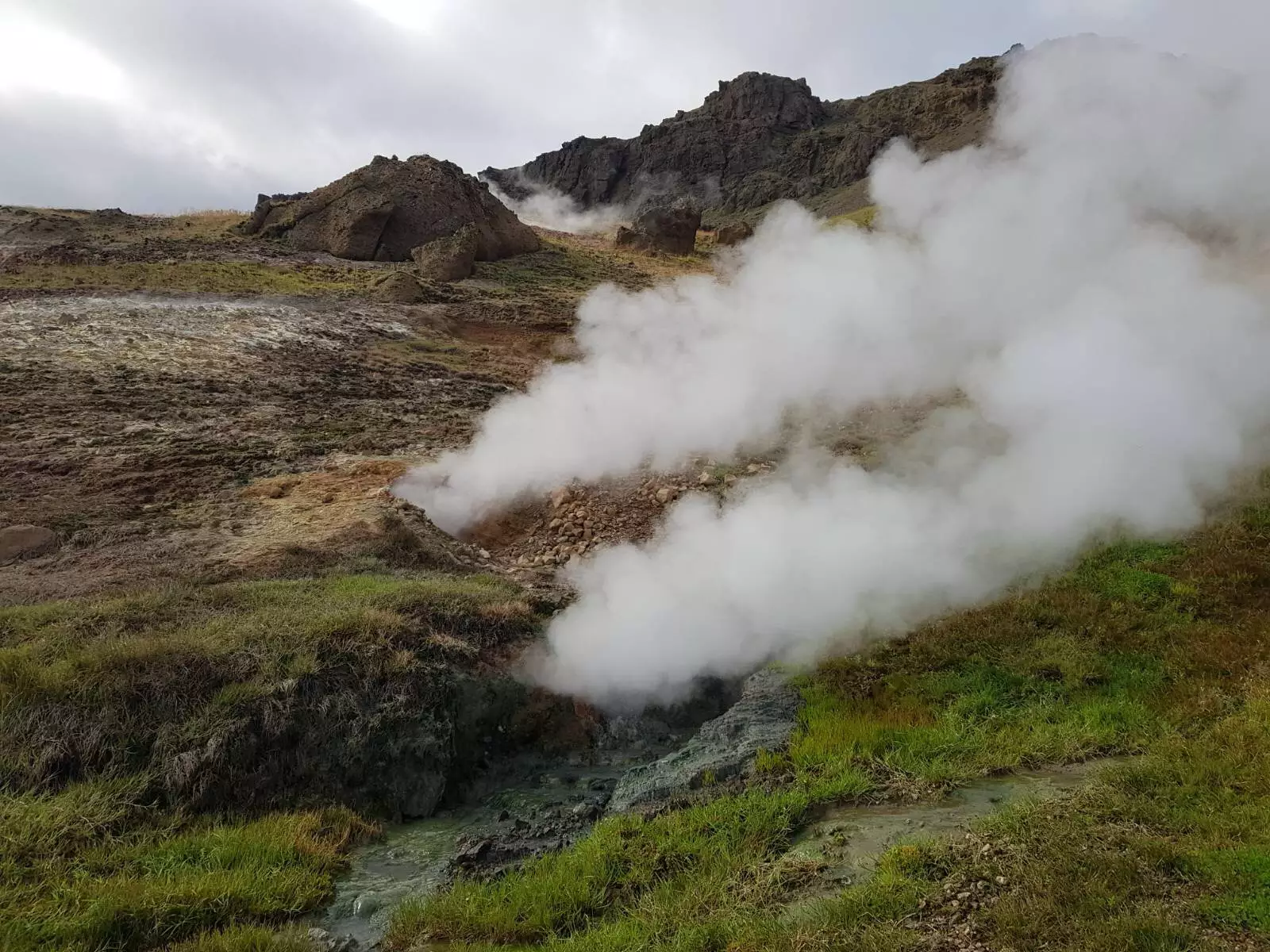The recent study conducted by researchers at the Centre for Microbiology and Environmental Systems Science (CeMESS) at the University of Vienna sheds light on the relationship between soil temperature and microbial diversity. This study challenges the traditional belief that higher soil temperatures lead to increased microbial growth and, consequently, greater release of carbon into the atmosphere. The findings suggest that warmer soils actually harbor a greater diversity of active microbes, highlighting the importance of considering microbial community composition in climate change predictions.
Andreas Richter, the lead author of the study, emphasizes the crucial role of microorganisms in dictating the global carbon cycle. Soils serve as Earth’s largest reservoir of organic carbon, with microbial communities breaking down organic matter and releasing carbon dioxide into the atmosphere. With rising temperatures due to climate change, scientists have long been concerned about the potential increase in carbon dioxide emissions from soils. However, the study reveals that the response is not solely driven by higher growth rates of individual microbial taxa in warmer climates.
To investigate the impact of soil temperature on microbial activity, the researchers visited a subarctic grassland in Iceland that has experienced geothermal warming over the past half-century. By collecting soil cores and utilizing advanced isotope probing techniques, the team identified active bacterial taxa and compared their growth rates at ambient and elevated temperatures. Surprisingly, they found that while microbial growth increased at the community level in warmer soils, the growth rates of individual microbes were similar to those in normal temperature soils.
The crucial difference observed in warmer soils was the increased diversity of active microbial taxa. This diversity in microbial communities suggests that different species of microbes play varying roles in response to climate change. The findings challenge the traditional view of microbial responses to warming and highlight the need to consider community-level interactions in soil carbon-climate feedback models.
Read More: The Persistence of Landline Phones in a Digital Age
Christina Kaiser, an associate professor at the Centre, emphasizes the significance of this new finding in enhancing the accuracy of climate change predictions. By understanding the complexities of the soil microbiome’s reaction to warming, researchers can develop more precise models that account for microbial diversity and its impact on carbon cycling. These insights are crucial for forecasting the soil microbiome’s influence on future carbon dynamics and addressing the challenges posed by climate change.
The study underscores the importance of considering microbial diversity in soil ecosystems when examining the effects of climate change. By unraveling the intricate interactions between soil temperature and microbial communities, researchers can gain a deeper understanding of the global carbon cycle and its implications for the environment. The findings pave the way for more comprehensive and accurate climate change predictions, highlighting the need for further research on the role of microbial diversity in shaping the Earth’s ecosystems.


Leave a Reply